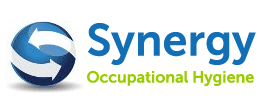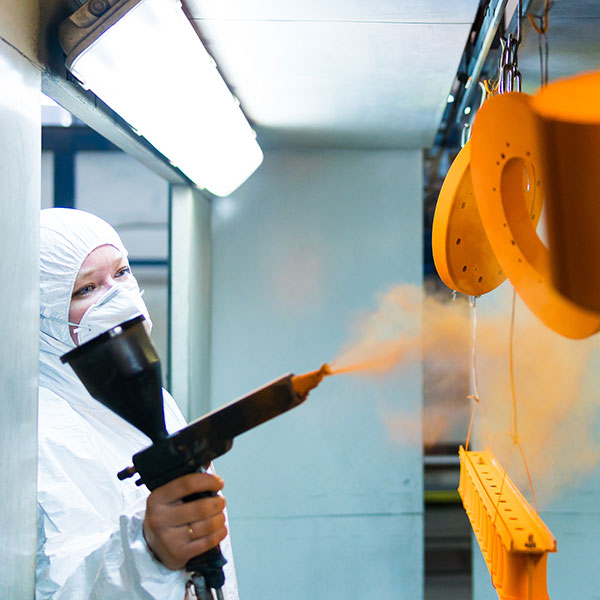Understanding Workplace Exposure Limits (WELs): A Guide for Health and Safety Professionals
If you’re responsible for managing health and safety in the workplace, understanding workplace exposure limits (WELs) is essential. These limits are part of the UK’s approach to occupational exposure control and are a key component in ensuring your organisation is COSHH compliant.
But what does WEL stand for, and why does it matter?
What is WEL?
WEL stands for Workplace Exposure Limit. It’s the maximum concentration of a hazardous substance in the air, averaged over a specified time period, to which workers may be exposed without adverse effects to their health. These limits are legally enforceable under the Control of Substances Hazardous to Health (COSHH) Regulations.
There are two main types of WELs:
- Long-Term Exposure Limits (LTELs) – typically measured over an 8-hour time-weighted average.
- Short-Term Exposure Limits (STELs) – measured over a 15-minute period.
Both are designed to protect workers from immediate and long-term health risks associated with exposure to harmful substances.
The Health and Safety Executive (HSE) gives many substances workplace exposure limits. The HSE reviewed its document EH40/2005 in 2020. You can use this as a reference guide to understand the limits for many substances common in workplaces.
Tip: When using EH40/2005 as a reference, you can search the document to find specific substances to understand the workplace exposure limits.
Why Workplace Exposure Limits Matter
Exceeding WELs can lead to serious health problems, including respiratory issues, skin irritation, and even long-term diseases such as cancer or occupational asthma. That’s why monitoring and managing occupational exposure is critical.
Workplace exposure limits help you:
- Identify potential risks from airborne contaminants
- Determine when control measures are required
- Evaluate the effectiveness of existing safety measures
- Demonstrate compliance with COSHH regulations
How to Ensure Compliance
To stay within WELs, employers must:
- Conduct regular risk assessments
- Monitor airborne substances
- Implement effective control measures in-line with the HSE’s hierarchy of control (Elimination, Substitution, Engineering, Administrative Controls and PPE).
- Provide information, instruction and training on the safe handling of hazardous substances.
Not all organisations are the same and several factors could impact how often you should complete WEL risk assessments and workplace air monitoring. For instance, a business using toxic chemicals will need more regular monitoring compared to a company that uses inert substances. Other factors include the effectiveness of current control measures or if processes and materials change in the workplace. These should be taken into consideration to ensure employees remain safe.
Partnering with an Occupational Hygiene Consultancy
Hopefully this article helps you understand what WELs are. Applying these limits can be complex. That’s where an occupational hygiene consultancy can help. Our experts can:
- Assess your workplace for exposure risks
- Advise on control strategies
- Carry out air monitoring and health surveillance
- Aid employee health tests such as spirometry and urinalysis.
- Support your organisation to achieve full COSHH compliance
Synergy Occupational Hygiene has worked with some of the largest businesses in the UK to help conduct workplace air surveys, advise on control strategies and guide Health and Service Professionals through COSHH compliance.
We pride ourselves in the quality and speed of our service, from getting you a quote, to getting a consultant onsite and a report ready for you to take action.
If you need assistance, take a look at our workplace air monitoring services, or get in touch to have a chat and request a quote.
Understanding WEL for Better Protection, Compliance, and Efficiency
Understanding and applying workplace exposure limits is not just about compliance, it’s about protecting your people. If you’re unsure what WEL stands for or how to interpret WELs for your specific environment, don’t leave it to chance. Speak to an occupational hygiene expert and ensure your workplace remains safe and legally compliant.
Remember that these limits are the legal limit and results that fall below the limits do not guarantee the safety of your employees. Synergy recommends that companies aim to achieve <10% of the WEL inline with the recommendations of BS EN 689:2018.
If compliance with a Workplace Exposure Limit is achieved, this alone does not prove adequate control. The COSHH Regulations 2002 require employers to ensure that the exposure of their employees to substances hazardous to health is either prevented or, where this is not reasonably practicable, adequately controlled. As per COSHH Regulations 7(7), control shall only be treated adequate if:
- The principles of good control practice for the control of exposure to substances hazardous to health are applied;
- Any Workplace Exposure Limit is not exceeded; and
- For a substance which is designated as a carcinogen, mutagen or sensitiser, exposure must be reduced to as low a level as is reasonably practicable (ALARP).
Implementing control measures to lower exposure:
- Keeps employees safe
- Demonstrates to your staff that you care about their welfare
- Ensures your business is compliant
- Improves operational efficiency by reducing work absences due to exposure-related illness.



